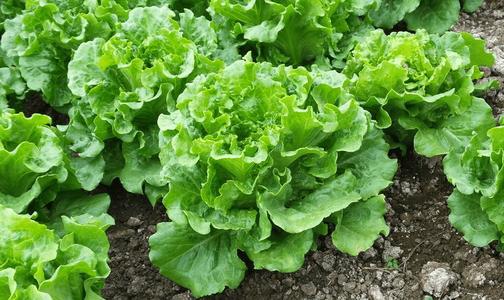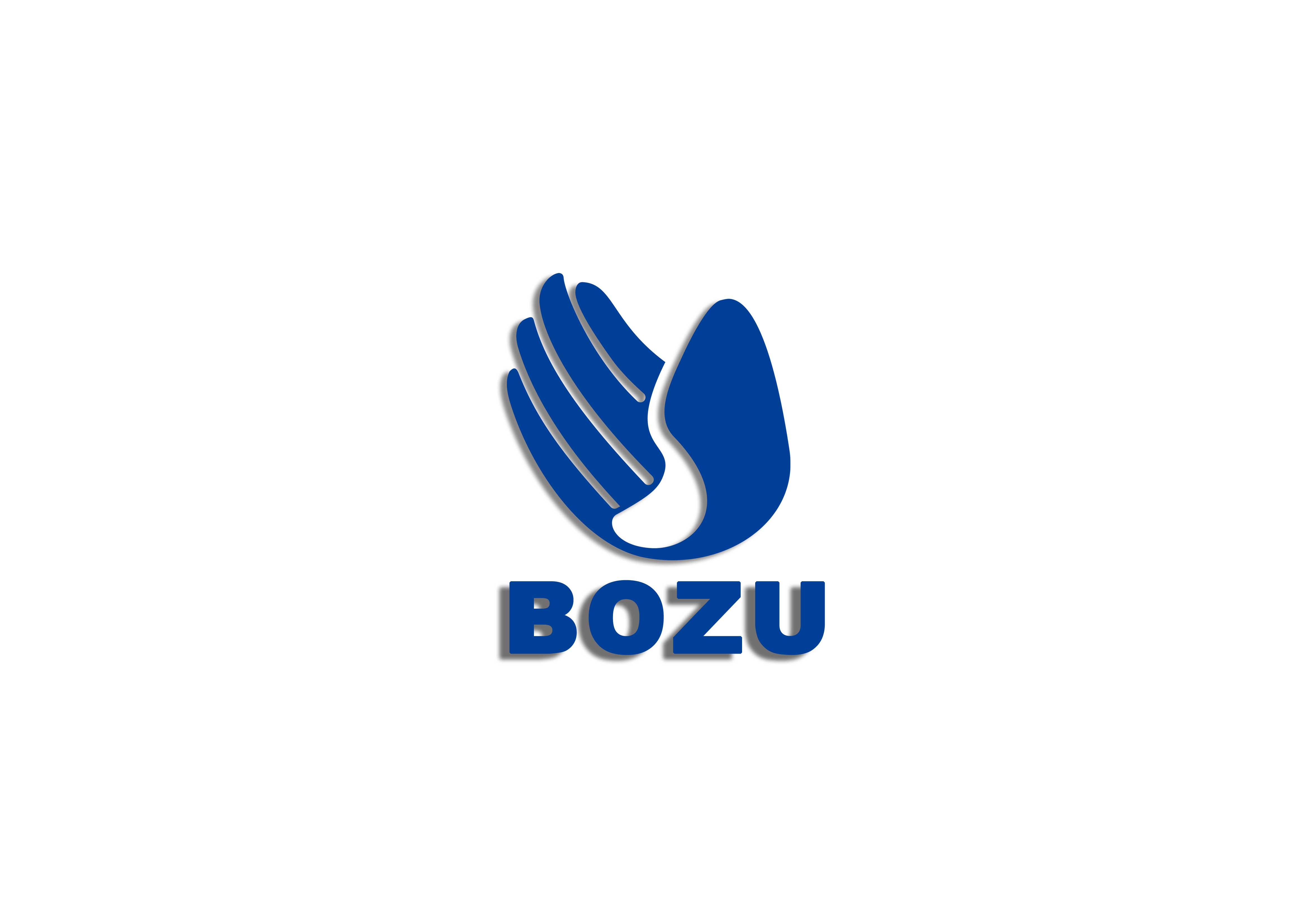
Lettuce, also known as leaf lettuce, is a very common edible vegetable, cultivated by many farmers in my country. Due to its short growth cycle, fertilization is crucial for achieving high yields, directly impacting both the yield and quality of lettuce. Below, we will discuss the timing and methods for fertilizing lettuce.
- Fertilizer Requirements of Lettuce
During its growth, lettuce primarily requires nitrogen, phosphorus, and potassium fertilizers. During the seedling stage, nitrogen fertilizer is highly demanded, followed by phosphorus fertilizer, with potassium fertilizer demand being relatively low. During the peak growing season, demand for phosphorus and potassium fertilizers increases, and nitrogen fertilizer is also required in large quantities for growth. Nitrogen fertilizer demand peaks during this period. In the middle and late stages of growth, when the lettuce begins to form heads, nitrogen demand gradually decreases, while potassium demand peaks.
- Fertilization Time
Lettuce can be fertilized year-round, preferably in the morning when the weather is cooler. Because lettuce can be grown year-round and has relatively low environmental requirements, fertilizer can be applied year-round to increase its growth rate. However, during the hot summer months, fertilizer should be applied in the early morning, while during the cool winter months, fertilizer should be applied in the afternoon.
III. Fertilization Methods
- Application of Base Fertilizer
Lettuce is typically cultivated in the open field in autumn. Before planting, the soil should be prepared thoroughly. After deep plowing, apply a generous amount of base fertilizer. Planting depth should be maintained at ground level. Water thoroughly after planting to ensure rapid germination.
- Appropriate Topdressing
Lettuce is often eaten raw. Therefore, topdressing with human manure is not recommended. Nitrogen-based fertilizers are typically used. During the lettuce growth period, approximately three applications are required. These are typically performed after seedling regrowth, during the plant massing stage, and during the heart-forming stage. Each application should primarily consist of urea or a compound fertilizer, applied with water. Throughout the lettuce's growth period, ensure adequate water supply and keep the soil moist. However, during the mid-to-late head-forming phase, be careful to control watering to prevent head rot.
The above describes the timing and method for fertilizing lettuce. When fertilizing lettuce, choose the appropriate fertilizer. If fertilizer damage occurs, immediately water the soil with uncontaminated water to dilute the fertilizer content. Then, place the lettuce in a well-ventilated environment and wait for the plant to recover.




